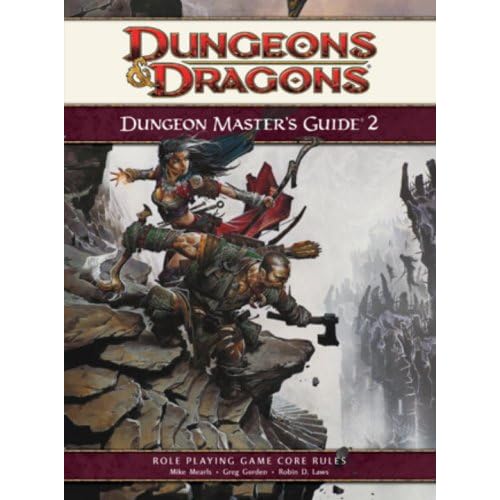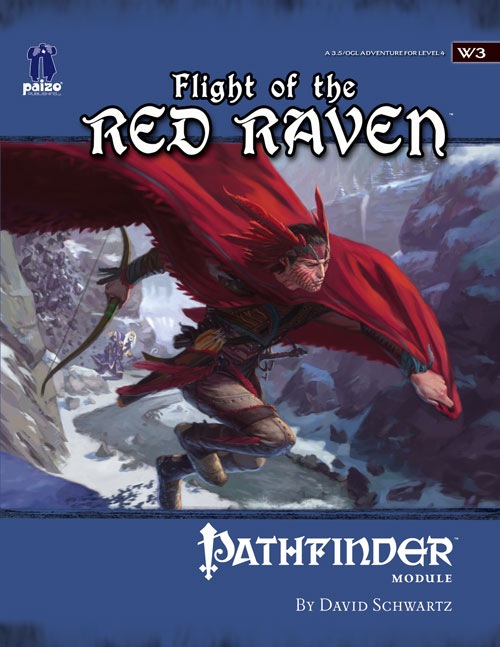Ok I am going to attempt to be concise.
Last time I mentioned a bit about character creation; I discussed my desire that the process contains elements that evoke roleplaying and immersion into the character. To this end I introduced my cribbed version of roleplay hooks.
Well, I’m not done yet. I also want to do away with alignment. I’ve never, ever liked alignment; for the longest time I’ve instead used a variant of the World of Darkness (older edition) Nature & Demeanor. It’s served its purpose well. However, recently (and provoked by something elsewhere on the web if not actually stolen from there) I’ve realized that even this Persona element has faults I want to avoid. Enter then Beliefs, Goals, and Traits.
(These rules and tweaks are just my interpretation and implementation of other’s hard work. In this case everything has been inspired, stolen, or just ever-so-slightly-tweaked from the depths of Ryven Cedrylle’s mind. He occasionally blogs for At-Will (a great blog for house rules and rule expansions) and often has a segment at the end of the Power Source Podcast called Aberrant Rules. In my humble estimation it is a must listen to.)
BELIEFS
Beliefs are quite simply concepts that a character holds to be true or values that they hold dear. A cleric of Erathis may possess beliefs like
civilization is the potential of humanity,
barbarism is one step from devil worship, and
religion is the best vehicle for education. These concepts help shape the outlook a character has on life, elements that, when combined with hooks and backgrounds, establish that character’s past and the way it influences them.
GOALS
We all have goals. Mine today are blog, finish freelance project, clean house, make dinner for wife, etc. Some goals are broader range – publish a novel, find a better job, get a house with at least 2 acres of property, etc.
Now the goals for adventurers may not be as pedestrian, but then again they might. Taking our Cleric of Erathis, let’s name him Gordian, we’ll examine his goals:
retire into a high position at the church,
free his brother from imprisonment, and
open a school for wayward youths.
In many ways goals act as future hooks and measure of roleplaying guideline. We can assume that a character who wants to attain a measure of respect in the church when he retires is both pious and adheres closely to Erathis’ tenets (then again he may be a devious heretic who wants to play the game . . .). But these goals also inform the DM – Oh, we have an imprisoned brother! He is going to need property and funds to build that school?
TRAITS
Traits are personality elements. Charming, Helpful, and Calm, for example. But those are a bit bland. We can imagine better ones or scour the internets for lists of traits (oddly enough, Jeff Greiner of
The Tome Show fame recently started a
website for 4e players that has
such a list as its first feature).
But let’s put our thinking caps on for Gordian and give him really particular traits:
Bookish (Gordian’s big into studying the history of civilization and always has some book or another in his bag),
Ragged Scar (a result of a highway robbery, Gordian carries a jagged scar on his cheek), and
Teacher (Gordian’s always pictured himself running that school, and he has the bad teaching habit of explaining everything to everyone even when they do not ask).
I feel that this gives us a much better picture of who Gordian is as opposed to saying he is good.
!!! Important note !!! These may change! A character’s goals may shift, a belief may be shattered, a new trait may be garnered. How this is handled should be story appropriate. A character shouldn’t suddenly abandon a belief, but if over the course of the game that becomes evident in the roleplaying then lose it, replace it, or alter it as needed.
So What of It?
Now as you can see, I’ve opted to make each player choose 3 elements in each Persona category. But what effect do they have on gameplay. You may say, “Hell, even when a player chooses good as his alignment it doesn’t keep him from stabbing goblins for fun and taking their loot.” I agree. I like mechanics to inform, assist, and reward roleplaying; I know many do not, and there are logical arguments as to why. I will simply say for my game, for my enjoyment, and for the people I play with, a reward system for roleplaying enhances the fun of the game even more.
So the reward system is?
FATE POINTS
When a player does something that his character would do (as defined by these 9 Persona elements), he may be worthy of a fate point. Now I wouldn’t recommend handing them out willy-nilly style, as certain players will constantly be reaping these points, but I wouldn’t be stingy either. Perhaps, 3-5 points per session at max. I will test and report as I use this further.
So the obtaining of these points represents the player’s ability to ‘get into character.’ In Gordian’s case if the player made sure to point out to the DM that he is reading a book on the structure of hobgoblin society each night as they camp, the DM could award a single Fate Point (rewarding the
Bookish element).
If in combat Gordian’s group is attacked by a youthful group of street thugs, the DM may want to award 2-3 points if Gordian argues to keep them alive and then scolds them at length on the failings of their chosen path (rewarding both his desire to teach wayward children and his pedagogical leanings).
Pretty simple right? (Easy to say now, of course at the game table a lot is going on. House rules, mine at least, always seek to add complexity . . . be aware.)
So now Gordian has 3 Fate Points. What can he do?
1. For
1 Fate Point a character may add a +1 bonus to any roll he just made. This is cumulative and multiple points may be spent.
2. For
1 Fate Point a character may reroll any NON-COMBAT roll and gain a +2 bonus on that roll if it somehow plays into one of his 9 Persona elements.
a. Example: Gordian and crew have captured a slavering orc who attempted to burn down a small village. Filled with rage at this attempt to undermine civilization, Gordian attempts to intimidate the orc into reporting his tribe’s hideout, but fails. However, he quickly spends a Fate Point alerting the DM to his jagged scar. The DM agrees the wicked wound is definitely intimidating; Gordian rerolls and gains a +2 bonus.
3. For
1 Fate Point a character may declare something to exist within the game world if it can tie back into his Personal elements somehow. One on hand a gaming group must be careful of overuse, but using a Fate Point in this fashion cannot overrule common sense or destroy what the DM’s already declared as fact. For example, a Fate Point cannot place an ocean within the deserts of Athas. Nor can it kill Elminster in the Forgotten Realms. On the other hand it opens the game to a wide range of fun, exciting twists and turns.
a. Example: Instead of using the example above, Gordian instead uses his Fate Point to pray to Erathis for guidance. Gordian’s player tells the DM that Erathis has told Gordian the orcs dwell in the caverns beneath an old monastery 3 days to the northwest of town and that this particular orc is the son of a witch doctor and may serve as some use as a hostage (a DM would be within his rights to ask for 2 Fate Points here as two truths were allowed).
(What rocks about this is the unpredictability it brings into the game. Player’s gain a level of control and, thus, immersion into the world. But even better is the twists it allows of the game. The DM may very well allow this, and should, but he can define the monastery as haunted by the ghosts of its past monks or better yet, that the son of the witch doctor is valued not because of familial ties, but because he serves as the vessel for a minor demon the orc shaman has summoned.)
4. Veto of Fate Points exists, as well, within DM control. A DM may twist a fate point expenditure back on the group, or put a certain chain of events into play, based on a character’s 9 Persona elements.
a. Example: Using the last above example, a DM may veto that knowledge by saying Gordian’s Bookish trait allows him knowledge that his prayer must’ve not been successful, since it is well-documented that the Fanged Spider tribe lives near the shores of Coldwater Lake.
Using this veto power
grants the affected player a single Fate Point. And it also forces the players to think on the fly, while giving the DM the power to protect some of his more cemented or planned features within a campaign or adventure.
The final use of a Fate Point, a power stunt, will be discussed next time.
Also, in closing, let me stress again these rules and tweaks are just my interpretation and implementation of other’s hard work. In this case everything has been inspired, stolen, or just ever-so-slightly-tweaked from the depths of
Ryven Cedrylle’s mind. He occasionally blogs for
At-Will (a great blog for house rules and rule expansions) and often has a segment at the end of the
Power Source Podcast called Aberrant Rules. In my humble estimation it is a must listen to.
Thanks. Until next time keep out of flanked position.
TLR


















